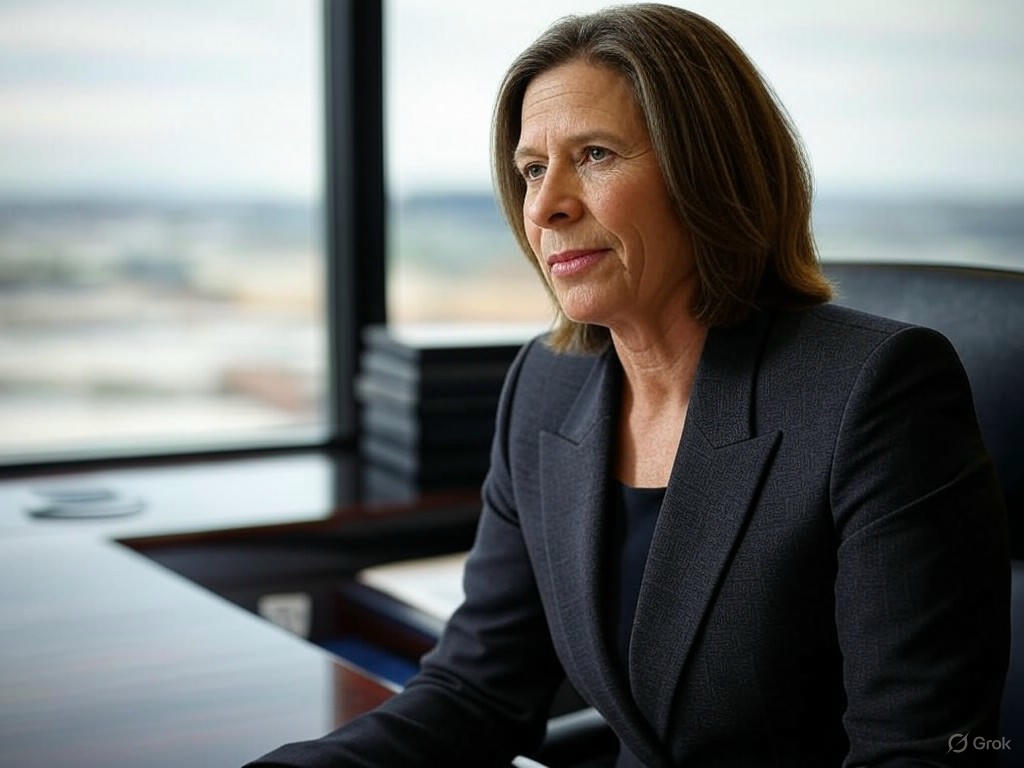Pac-12’s Future: Navigating the College Football Playoff Evolution
As the landscape of college football continues to shift, the Pac-12 Conference finds itself at a pivotal crossroads. With a restructured league set to kick off in 2026, coinciding with the debut of an expanded College Football Playoff (CFP) format, Commissioner Teresa Gould faces the daunting task of ensuring the conference’s relevance in a rapidly changing sport. The Pac-12, once a powerhouse in the collegiate athletics realm, is rebuilding after significant realignment challenges, and its path forward hinges on adapting to new competitive and structural realities.
The timing of the Pac-12’s relaunch is both a challenge and an opportunity. The expanded CFP, which will likely include more teams and offer greater access to postseason play, promises to reshape how conferences position themselves for national prominence. Gould has been vocal about the need to rethink outdated metrics that have historically undervalued the Pac-12’s contributions to college football. For years, the conference has battled perceptions of weaker schedules or less competitive play, often missing out on playoff berths despite strong performances. Gould argues that the new playoff format must prioritize equitable representation, ensuring that a revitalized Pac-12 has a fair shot at showcasing its talent on the national stage. Her vision includes advocating for a system that values on-field results over antiquated biases, a stance that resonates with fans eager to see the conference reclaim its status.
Beyond the playoff structure, Gould is focused on innovative strategies to rebuild the Pac-12’s brand. This includes forging strategic partnerships, enhancing media exposure, and recruiting competitive programs to join the conference. The commissioner understands that success in 2026 and beyond will depend on more than just wins and losses; it’s about creating a sustainable model that can thrive amid the financial and competitive pressures of modern college sports. Discussions around format options for the CFP are also on the table, with Gould pushing for flexibility to accommodate the unique challenges faced by conferences in transition. Whether it’s automatic qualifiers or at-large bids, her goal is to ensure the Pac-12 isn’t left behind as the sport evolves.
As the 2026 season approaches, the college football community watches with bated breath. The Pac-12’s journey is emblematic of broader shifts in the sport, where tradition often clashes with progress. Under Gould’s leadership, the conference has a chance to redefine its narrative, proving that resilience and adaptability can pave the way for a triumphant return. The expanded CFP offers a fresh canvas, and if the Pac-12 can secure its place within it, the conference could once again become a cornerstone of college football. For now, fans and stakeholders alike await the outcomes of ongoing discussions, hopeful that the Pac-12’s revival will mark a new chapter of excellence in the sport.


